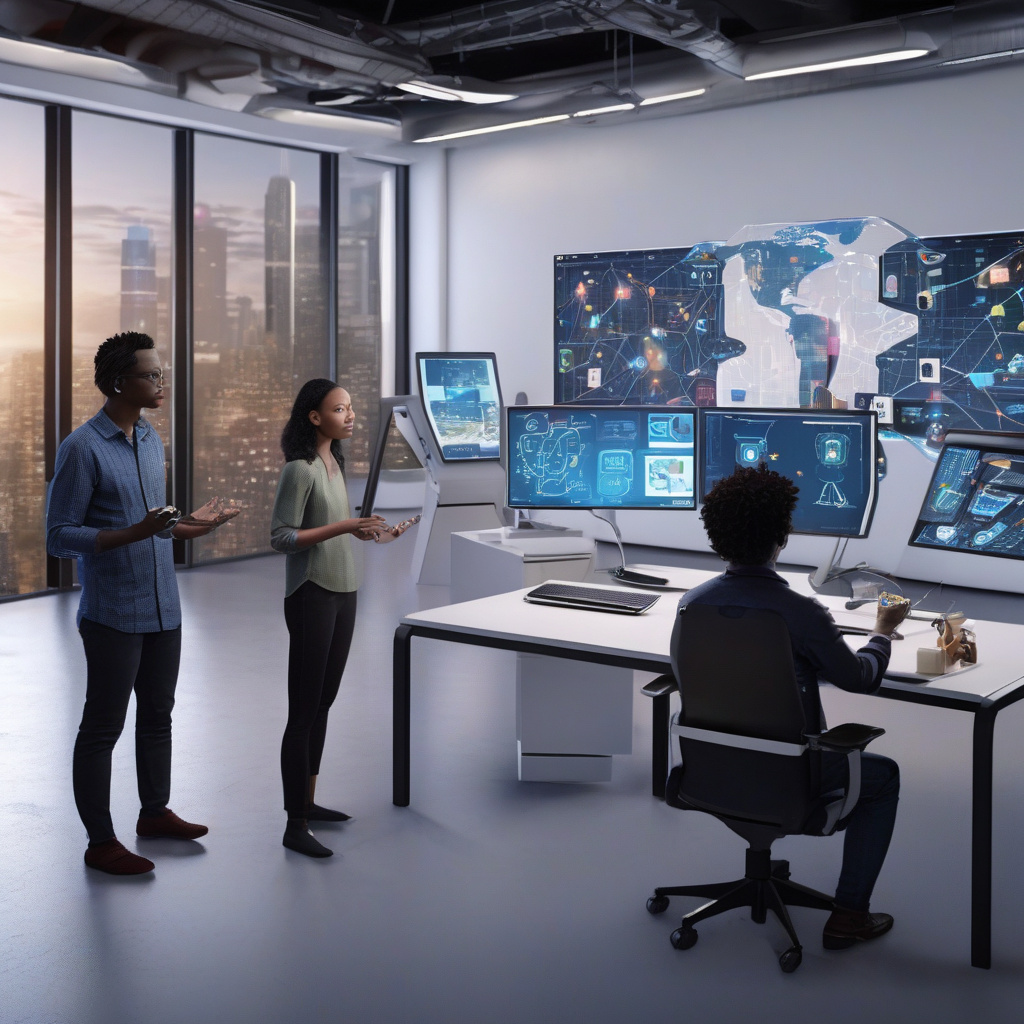Driving Innovation: The Power of Combining IoT and AI
In today’s tech landscape, the convergence of the Internet of Things (IoT) and artificial intelligence (AI) is reshaping possibilities for developers. As both IoT and AI technologies advance, their fusion presents developers with unprecedented opportunities to craft innovative, efficient, and adaptive solutions spanning various sectors. Yet, the key lies in approaching IoT and AI integration strategically – comprehending their intricacies, potential challenges, and optimal strategies to harness their full capabilities.
Enhancing Efficiency Through Synergy
The synergy of IoT and AI amplifies developers’ capacity to innovate by enabling connected devices to gather vast amounts of data and empowering AI algorithms to derive meaningful insights from this data. For instance, in smart home systems, IoT sensors collect real-time data on energy usage, temperature, and lighting preferences, while AI algorithms analyze this data to optimize energy consumption and enhance user comfort automatically. By combining IoT’s data collection prowess with AI’s analytical capabilities, developers can streamline processes, automate decision-making, and deliver personalized experiences.
Empowering Adaptive Solutions
Integrating IoT and AI equips developers with the tools to create adaptive solutions that respond intelligently to changing environments. Consider autonomous vehicles: IoT sensors gather data on road conditions, traffic patterns, and pedestrian activity, which AI processes to make split-second decisions for safe navigation. This blend of IoT’s real-time data acquisition and AI’s decision-making prowess enables developers to design dynamic systems that adjust in real-time, enhancing efficiency, safety, and user experience.
Unleashing Innovation Across Industries
The fusion of IoT and AI transcends traditional boundaries, revolutionizing industries such as healthcare, manufacturing, and agriculture. In healthcare, IoT devices monitor patients’ vital signs, while AI algorithms analyze this data to detect anomalies and provide early warnings of potential health issues. By combining IoT’s monitoring capabilities with AI’s predictive analytics, developers can revolutionize patient care, improve diagnostics, and enhance treatment outcomes. Similarly, in manufacturing, IoT sensors collect data on equipment performance, while AI algorithms predict maintenance needs to prevent costly downtime. This amalgamation of IoT and AI enables developers to optimize operations, reduce costs, and drive productivity across the manufacturing sector.
Navigating Challenges for Optimal Results
While the potential of IoT and AI integration is vast, developers must navigate challenges such as data security, privacy concerns, and ethical considerations. Ensuring data privacy and security is paramount when dealing with sensitive information collected by IoT devices and analyzed by AI systems. Developers must implement robust encryption protocols, access controls, and data anonymization techniques to safeguard user data and prevent unauthorized access. Additionally, addressing ethical dilemmas related to AI decision-making, bias in algorithms, and transparency in data usage is crucial to building trust with users and ensuring responsible innovation.
Conclusion: Pioneering the Future of Technology
In conclusion, the strategic combination of IoT and AI heralds a new era of innovation for developers, offering unparalleled opportunities to create smarter, more efficient, and adaptive solutions across diverse industries. By leveraging the strengths of IoT’s data collection and AI’s analytical capabilities, developers can drive transformative change, enhance user experiences, and pioneer the future of technology. As developers embrace the potential of IoT and AI integration, they stand at the forefront of shaping a digital landscape defined by innovation, efficiency, and endless possibilities.

